 As I write we have 13/17 hens laying and so we have lots of eggs on our hands! Eggs are great of course but the chickens also perform another vital role on the homestead.
As I write we have 13/17 hens laying and so we have lots of eggs on our hands! Eggs are great of course but the chickens also perform another vital role on the homestead.
COMPOSTING!
I have a large bowl that I put scraps into and feed to the chickens; trimmings from greens, carrots, tomatoes, apple cores, leftover popcorn, dry bread…they chow down!
I have their coop set up where the mornings they stay in their large aviary style enclosure until they have all laid their eggs in the coop where it is clean and dry. In the run portion, they work on being my compost machines. About every two weeks I haul in fresh dirt from out on the property that is in desperate need off fortification with organic matter. I spread the dirt around and then sprinkle straw and leaves in the there. Over the two weeks they scratch the dirt up, break down the straw and leaves, eat my scraps, and then I scrape out and haul that dirt out to growing areas or the compost pile. It’s been working nicely and keeps them happy and busy. Then in the afternoons they free range.
Furthermore on the compost front…because compost is gold for a garden…I recently gave 5 families plastic boxes in which to put their kitchen scraps into. These either go onto the compost heap or to my worm farm.
Yes, worm farm!

I bought 2000 meal worms and made them a habitat in a free, used aquarium. First I thoroughly cleaned the aquarium and then added oatmeal. You can use wheat bran, flour…anything grain based. The worms eat the grain and any produce waste you give them. So they eat the things that chickens do not like such as onion and potato skins or the hard core of a broccoli. They will eventually pupate, grow into beetles, and the life cycle will start anew and meanwhile I have a renewable source of protein for the chickens.
I strive to reduce, reuse, and recycle where ever possible and the chickens and worms are helping with that!
I also recycle our hens egg shells by baking them and then crushing them to offer back to the hens free choice. They know when they need more calcium and in the wild they would eat the shells of their chicks once hatched and they would even eat their own eggs if they thought they were ‘duds’.

In other news on the homestead, we are very excited to be incubating our first clutch of eggs! We have had a couple hens play like they wanted to be broody but then abandoned the eggs after half a day. Not just to eat, full on abandoned the eggs. So I decided to incubate some until the hens get the idea and set some eggs properly.
To select eggs for incubating, I weighed them and made sure to chose eggs that were not too small or over sized. There is an optimum size for each breed and type of bird and too much either side and you will see reduced hatch rates [Card. 1952].
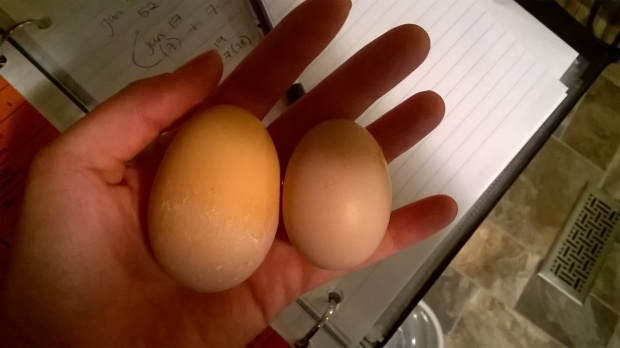
Left is over sized.
I labeled the eggs and made record of weights and then at 3 and 10 days marked if they were first fertile and second if there was still life and growth at 10 days.
It’s a great learning opportunity to incubate your own eggs, we have even made up our own name for the incubator and it is “Eggerator” Okay, that’s what the boys call it and I think it has stuck.
Here is day 10.
As I write we have 3 days left until hatch day. I am superstitious and believe you should not “rock the cradle before there is a baby to put in it” and so I have NOT set up the brooder yet. I will do that when they start to hatch, after all they will spend a day in the “Eggerator” to dry off and fluff up.
Since we have 2 roosters of the 4 breeds, 25% of all our eggs will be pure, 75% will be hybrid. Pure breed chicks will be sold to heritage breed enthusiasts , hybrid hens will be kept or sold for laying eggs, and hybrid males will feed us.
Reference:
Card, Leslie E. Poultry Production. 1952. Lea & Febiger, Philadelphia.
To close, we do now have eggs for sale!













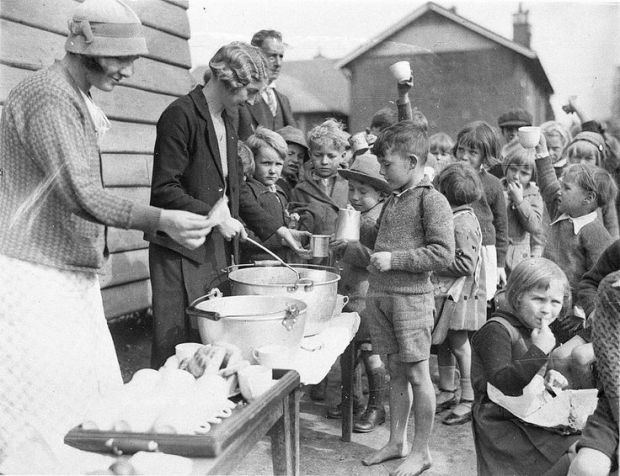
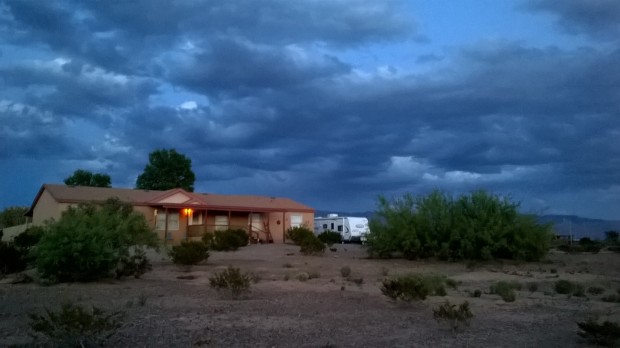












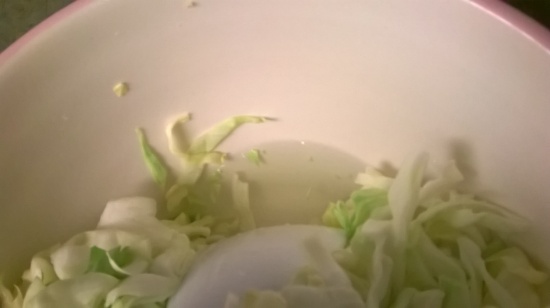















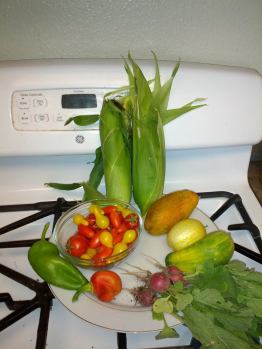 My FIRST harvest. Not particularly spectacular; a deformed bell pepper, a few radishes, some super bitter sun scorched cucumbers, just two ears of corn that had maybe 30 kernels pollinated…but the cherry and pear tomatoes were gorgeous! It wasn’t much but to me it was a huge deal and was the high that led to be literally addicted to gardening.
My FIRST harvest. Not particularly spectacular; a deformed bell pepper, a few radishes, some super bitter sun scorched cucumbers, just two ears of corn that had maybe 30 kernels pollinated…but the cherry and pear tomatoes were gorgeous! It wasn’t much but to me it was a huge deal and was the high that led to be literally addicted to gardening. Sometimes they don’t turn green before the cold but thanks to the Southern states we can make pickled green tomatoes if we don’t make them fried.
Sometimes they don’t turn green before the cold but thanks to the Southern states we can make pickled green tomatoes if we don’t make them fried.



